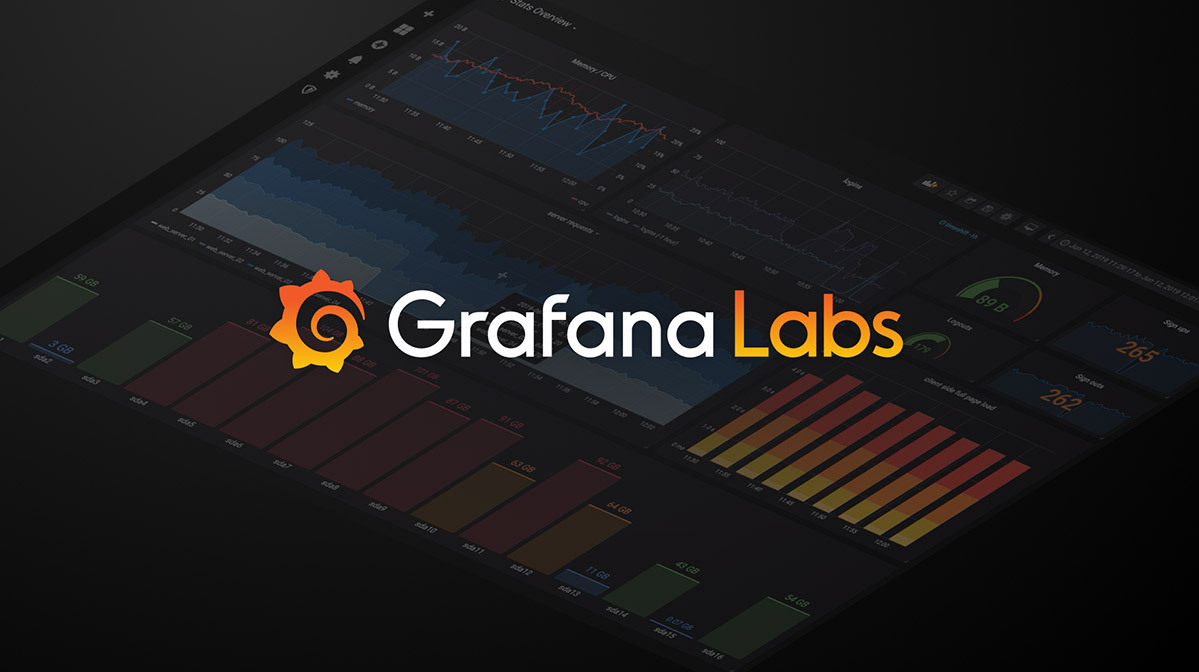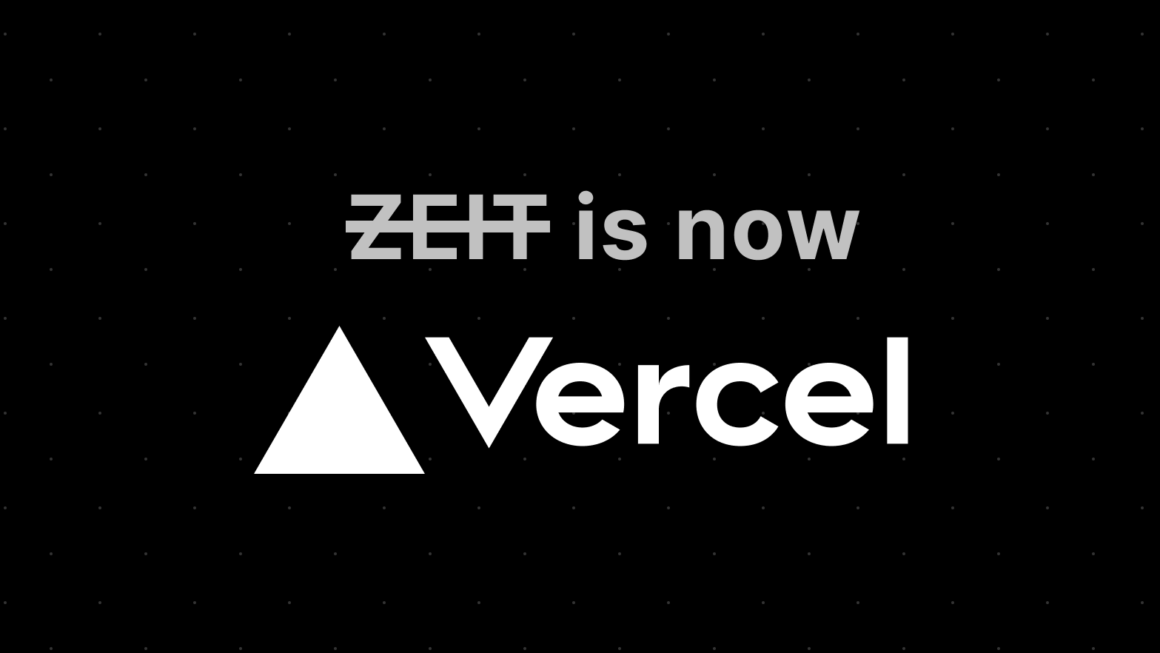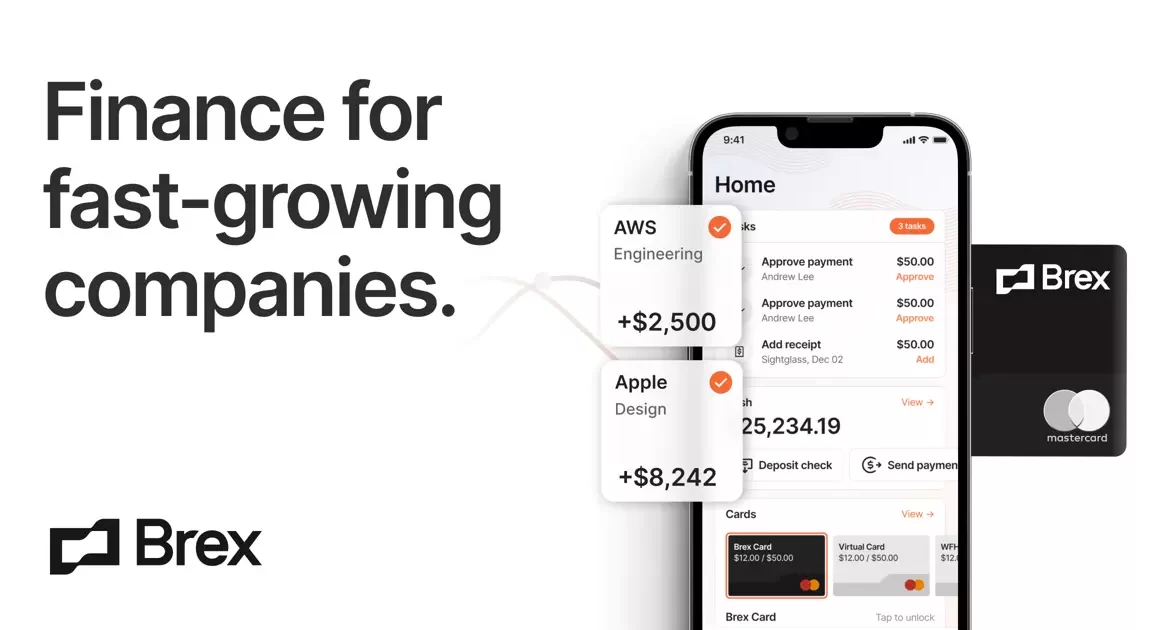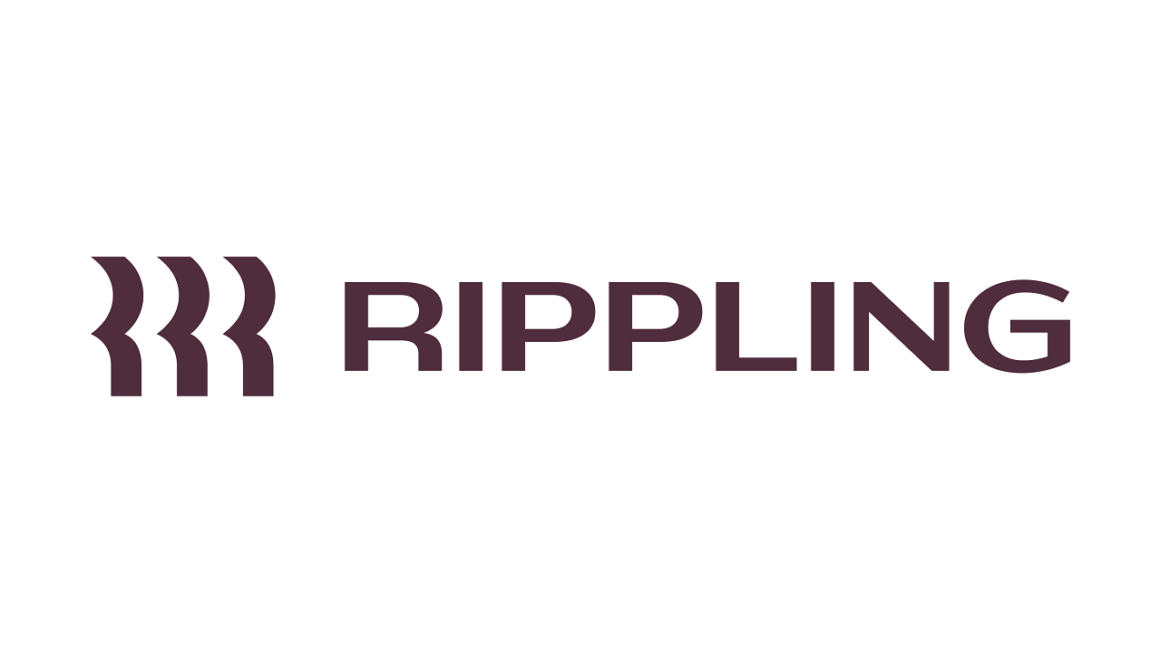Grafana Labs is a prominent software startup that specializes in the development of powerful and flexible open-source data visualization and monitoring solutions. Founded in 2014 by Torkel Ödegaard and Raj Dutt, Grafana Labs has rapidly emerged as a leading player in the realm of observability, helping organizations across the globe gain valuable insights into their systems, applications, and networks. With its flagship product, Grafana, the company has redefined the way data is displayed, analyzed, and understood by providing a comprehensive platform for creating interactive, customizable, and visually appealing dashboards.
At its core, Grafana Labs seeks to empower businesses, developers, and IT teams with the tools they need to effectively monitor, analyze, and respond to the complex challenges posed by modern digital environments. The company’s solutions cater to a wide spectrum of industries, including IT operations, DevOps, software development, cloud computing, and IoT (Internet of Things), where real-time data visualization and monitoring are critical for maintaining high levels of performance, availability, and security.
Grafana, the company’s marquee product, has become synonymous with advanced data visualization and monitoring capabilities. Built upon an open-source foundation, Grafana enables users to connect to a myriad of data sources, ranging from databases and cloud services to time-series databases and APIs. This versatility allows users to aggregate and consolidate data from multiple sources, providing a holistic view of their systems and applications.
One of the distinguishing features of Grafana is its expansive library of plugins and integrations, which enable users to extend its functionality to suit their specific needs. This extensibility has led to Grafana’s adoption as a central hub for visualizing data from various tools and services, such as Prometheus, InfluxDB, Elasticsearch, and more. Grafana’s robust querying language, Grafana Query Language (GQL), empowers users to create intricate and insightful visualizations that uncover trends, anomalies, and performance bottlenecks.
Beyond its core visualization capabilities, Grafana Labs also offers complementary solutions that enhance the monitoring ecosystem. Loki, for example, is a log aggregation system designed to simplify log management by enabling users to store, search, and analyze logs in a distributed and efficient manner. Additionally, Grafana Cloud provides a fully managed observability platform, combining Grafana, Prometheus, and other monitoring tools in a scalable and accessible manner, thereby reducing the operational overhead for organizations.
As a community-driven company, Grafana Labs fosters collaboration and knowledge-sharing through its active open-source community. This collaborative approach has led to a continuous cycle of innovation, with contributors from around the world enhancing and expanding the capabilities of Grafana and related projects.
Founding History of Grafana Labs
Grafana is a free software project that was started in 2014 by Torkel Ödegaard as a fun project. A year later, he met Raj Dutt and Anthony Woods in New York, and together they started a company called Raintack. This company made software that used Grafana as its foundation. Raj Dutt became the CEO, Torkel Ödegaard became the Chief Growth Officer, and Anthony Woods became the Chief Technology Officer (CTO) of the company. In 2017, they decided to change the company’s name to Grafana Labs.
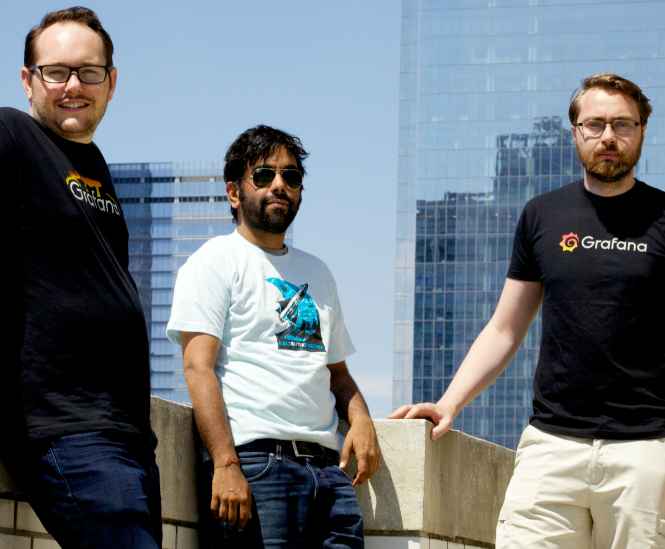
Before starting Grafana Labs, Raj Dutt had already founded another company called Voxel in 1999 while he was still in school. He grew Voxel to have more than 1,000 customers and then sold it to Internap for about $30 million in 2012. During his time at Voxel, he met Anthony Woods, who later became a co-founder of Grafana.
The main person behind the creation of Grafana Labs is Torkel Ödegaard. He used a tool called Graphite for tracking data while working at eBay. He didn’t like how Graphite looked and felt, so he decided to create a better way to visualize data. This project eventually became Grafana, which focused on making it easy for people to see and understand their data. Right from the start, Grafana Labs was all about making data accessible and easy to use.
Products and Services of Grafana Labs
Grafana Labs offers a range of products and services that revolve around data visualization, monitoring, and observability. These offerings are designed to help organizations gain insights into their systems, applications, and networks, enabling them to make informed decisions and ensure optimal performance. Here’s a detailed overview of Grafana Labs’ key products and services:
Grafana: Grafana is an open-source visualization tool that allows users to create dashboards from time series data. Grafana can be used to visualize data from a variety of sources, including Prometheus, InfluxDB, and Elasticsearch. Grafana is a powerful tool that can be used to monitor and troubleshoot a wide variety of systems.
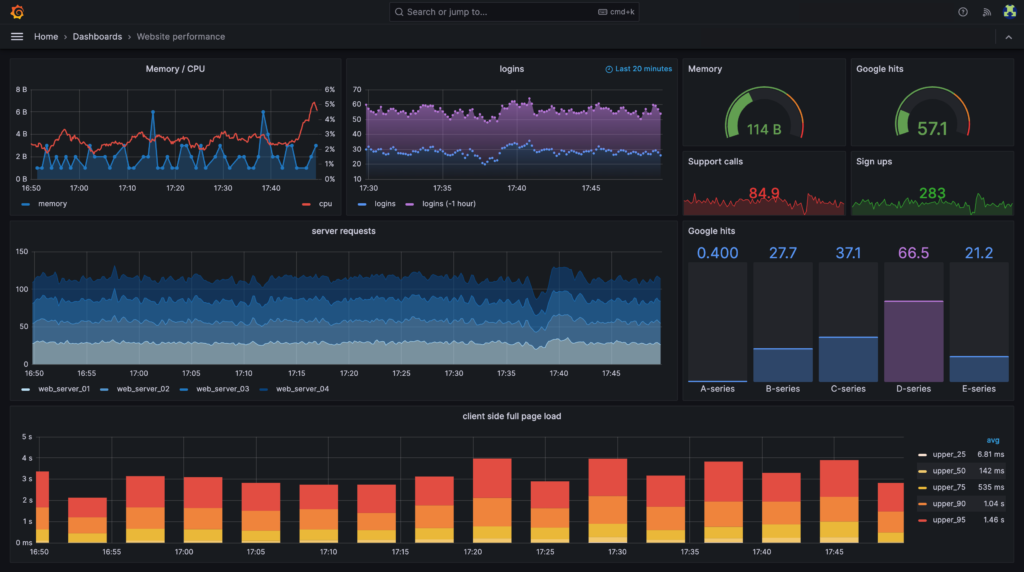
Grafana Loki: Loki is a horizontally scalable, highly available, multi-tenant log aggregation system inspired by Prometheus. It is designed to be very cost effective and easy to operate. It does not index the contents of the logs, but rather a set of labels for each log stream.
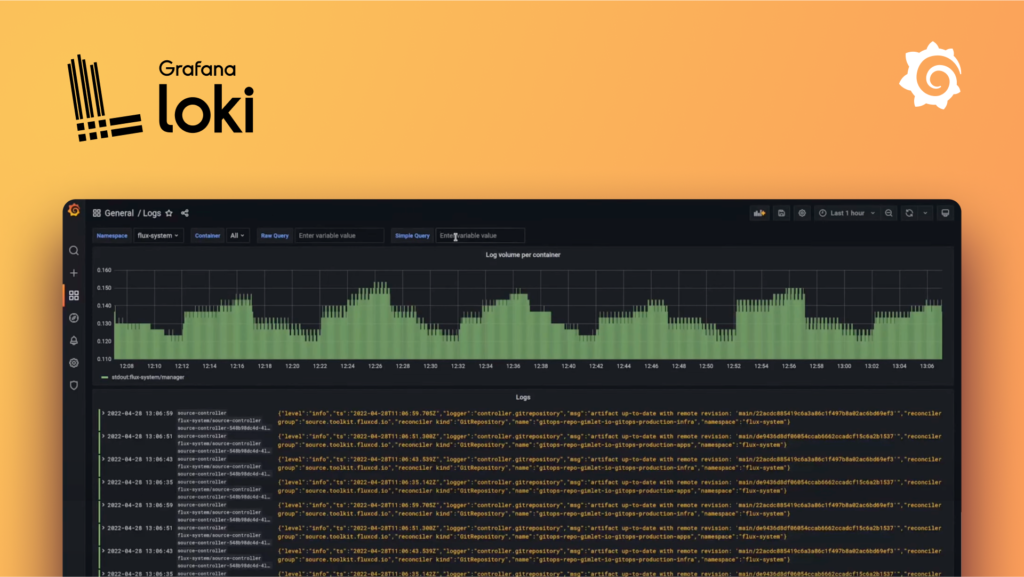
The Loki project was started at Grafana Labs in 2018, and announced at KubeCon Seattle. Loki is released under the AGPLv3 license.
Grafana Tempo: Grafana Tempo is a distributed tracing platform that helps users to understand the performance of their applications. Tempo can be used to trace requests as they flow through an application, and to identify bottlenecks and performance issues. Tempo is a powerful tool that can be used to improve the performance of complex applications.
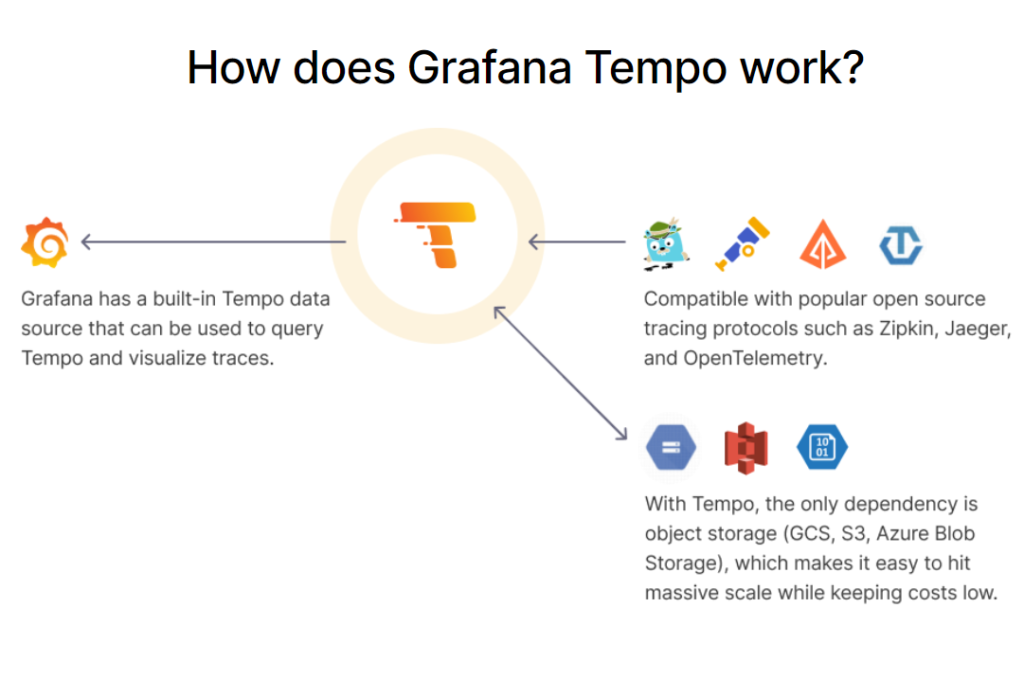
Grafana Mimir: Grafana Mimir is a time series database that is optimized for analytics. Mimir can be used to store and query large amounts of time series data, and to generate reports and dashboards. Mimir is a powerful tool that can be used to gain insights into complex systems.
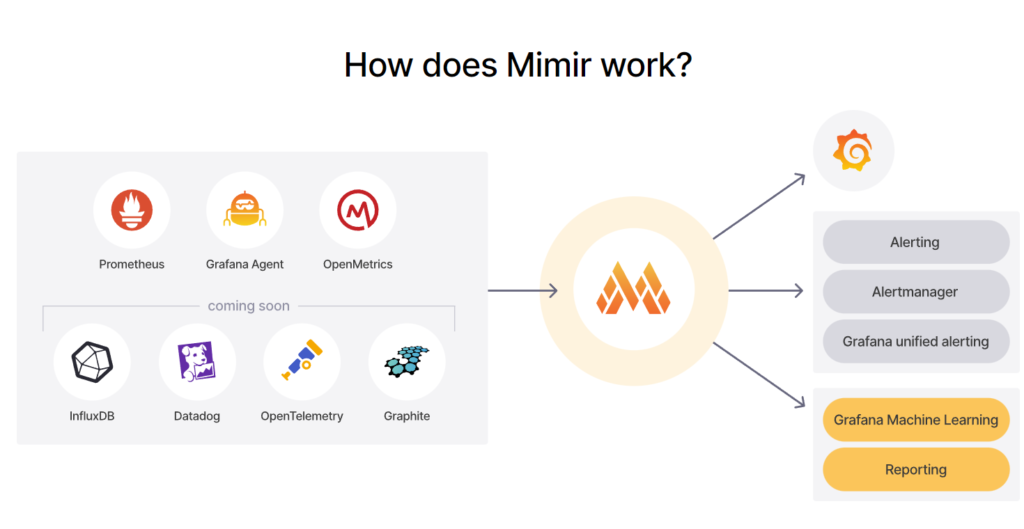
Grafana On-call: Grafana OnCall is an open source on-call management system featuring simpler workflows and interfaces tailored for developers.
Grafana OnCall (formerly known as Amixr) was started in 2018 at Amixr Inc., which Grafana Labs acquired in 2021. Launched on Grafana Cloud in late 2021 and open sourced in 2022 for users needing self-managed and on-premises deployments, Grafana OnCall provides an on-call management solution that is simple to use, accessible to everyone, and allows engineers to actually sleep well at night knowing that only the relevant notifications will reach them. Grafana Labs uses Grafana OnCall to run its own cloud services.
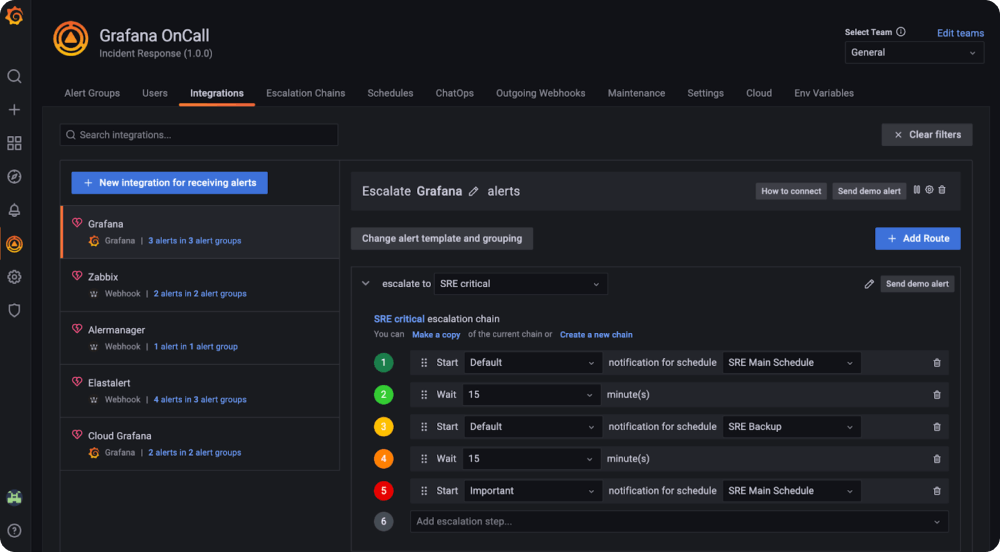
Grafana Phlare: Grafana Phlare is an open source database that provides fast, scalable, highly available, and efficient storage and querying of profiling data.
The idea behind Phlare was sparked during a company-wide hackathon at Grafana Labs. The project was announced in 2022 at ObservabilityCON. The mission for the project is to enable continuous profiling at scale for the open source community, giving developers a better understanding of resource usage of their code. By doing so, it allows users to understand their application performance and optimize their infrastructure spend.
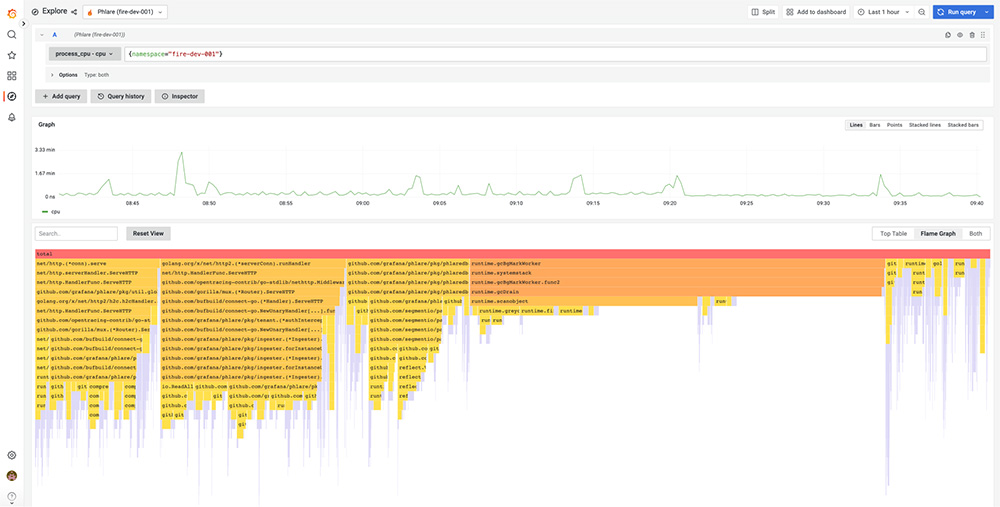
Grafana Faro overview: The Grafana Faro Web SDK is a highly configurable open source JavaScript agent that can easily be embedded in web applications to collect real user monitoring (RUM) data: performance metrics, logs, exceptions, events, and traces.
Faro was started at Grafana Labs and announced in 2022. The mission of the project is to help users monitor web application performance, discover frontend errors, and track user behavior to ease failure resolution. The collected frontend observability data can then be correlated with backend and infrastructure data in the Grafana Labs LGTM stack (Loki for logs, Grafana for visualization, Tempo for traces, Mimir for metrics) for a seamless, full-stack, open source observability solution.
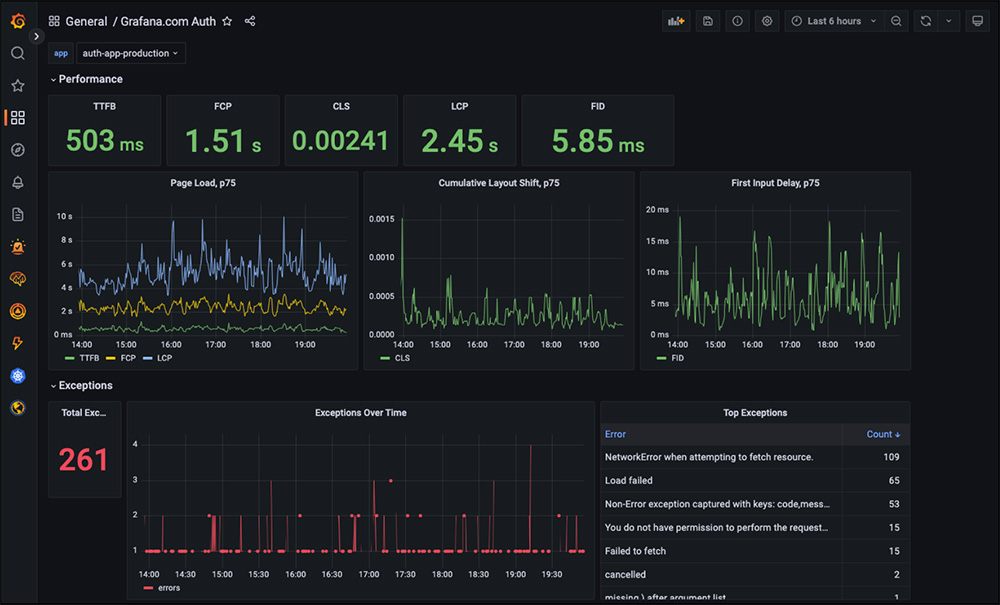
Grafana Agent: Grafana Agent is a batteries-included, open source telemetry collector for collecting metrics, logs, and traces. Grafana Agent uses established battle-tested code to be fully compatible with the Prometheus, Loki, and Tempo telemetry stack. Grafana Agent can forward metrics to any Prometheus-compatible endpoint, logs to any Loki-compatible endpoint, and traces to any OpenTelemetry-compatible endpoint.
Grafana Cloud: Grafana Cloud is a hosted version of Grafana that is easy to set up and use. Grafana Cloud includes all of the features of Grafana, plus a number of additional features, such as 24/7 support and automatic backups. Grafana Cloud is a good option for users who want to get started with Grafana quickly and easily.
In essence, Grafana Labs’ products and services form a comprehensive ecosystem that empowers organizations to monitor, analyze, and visualize their data effectively. Whether it’s through the versatile data visualization capabilities of Grafana, the efficient log management provided by Loki, or the managed observability platform of Grafana Cloud, Grafana Labs addresses the diverse needs of modern businesses striving for reliable and actionable insights.
Grafana Business Model – How does Grafana Labs earn money?
Grafana Labs uses an open core business model, which means that some of the platform’s features are free to use, while others are only available to paying customers. The core software is open source, which means that anyone can download and use it for free. However, Grafana Labs also offers a number of extensions, plugins, and support services that are only available to paying customers.
This business model allows Grafana Labs to make money from its products while still remaining committed to open source software. The company can use the profits from its paid products to fund the development of new features and to support the open source community.
As Grafana Labs grows, it is likely that more features will become proprietary. However, the company is committed to enabling its open source community as best as it can. Grafana Labs will continue to release new features and updates to the core software, and it will also make its extensions and plugins available to the open source community under a permissive license.
This business model allows Grafana Labs to have the best of both worlds. The company can make money from its products while still remaining committed to open source software. This is a win-win for both Grafana Labs and its users.
Revenue Model
Grafana Labs earns money through a variety of channels, including:
Subscriptions to Grafana Cloud: Grafana Cloud is a hosted version of Grafana that is easy to set up and use. Grafana Cloud includes all of the features of Grafana, plus a number of additional features, such as 24/7 support and automatic backups. Grafana Cloud is a good option for users who want to get started with Grafana quickly and easily.
Support and consulting services: Grafana Labs offers a variety of support and consulting services to help users get the most out of their Grafana products. These services include training, troubleshooting, and custom development.
Partnerships: Grafana Labs partners with a variety of companies to offer joint solutions and services. These partnerships help Grafana Labs reach a wider audience and provide users with more options.
Sponsorships: Grafana Labs sponsors a number of events and organizations that promote open source software. These sponsorships help Grafana Labs to raise awareness of its products and to support the open source community.
Grafana Labs also generates revenue from the sale of merchandise, such as t-shirts and hats. However, this is a relatively small part of the company’s overall revenue.
Overall, Grafana Labs earns money through a variety of channels, including subscriptions to Grafana Cloud, support and consulting services, partnerships, and sponsorships. The company is committed to open source software and uses its profits to fund the development of new products and features.
Valuation, Investors and Funding of Grafana Labs
Valuation of Grafana Labs
In April 2022, Grafana Labs announced a $240 million Series D round led by existing investor GIC and joined by new investor J.P. Morgan. The Series D investment comes just seven months after the company’s $220 million Series C round. The company reportedly has a $5 billion valuation currently, but its last official valuation released publicly was $3 billion following its Series C.
Funding of Grafana Labs
Grafana Labs has raised over $535 million in funding over 5 rounds. Their latest funding was raised on Apr 6, 2022 from a Series D round. J.P. Morgan, Sequoia Capital and Coatue are the most recent investors.
Here is a table of Grafana Labs’s funding rounds:
|
Round |
Date | Amount | Investors |
| Series A | October, 2019 | $24 million | Lightspeed Venture Partners and Lead Edge Capital. |
| Series B | August, 2020 | $50 million | Lightspeed Venture Partners and Lead Edge Capital. |
| Series C | August, 2021 | $220 million | Sequoia Capital, Coatue, Lightspeed Venture Partners, Lead Edge Capital, and GIC. |
| Series D | April, 2022 | $240 million | GIC, J.P. Morgan, Sequoia Capital, Coatue, Lightspeed Venture Partners and Lead Edge Capital. |
Grafana Lab’s investors are a mix of venture capital firms and strategic investors. The company’s largest investors are Lightspeed Venture Partners and Lead Edge Capital.. These investors are all well-known and respected firms with a track record of investing in successful companies.
Competitors of Grafana Labs
Grafana Labs operates in a competitive landscape within the data visualization, monitoring, and observability domain. While Grafana has established itself as a popular and versatile tool, there are several competitors that offer similar functionalities. Here are some notable competitors of Grafana Labs and their key features:
New Relic
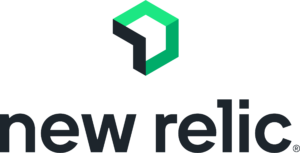
New Relic is a monitoring and observability platform that provides a wide range of features, including metrics, logs, and traces. New Relic is a well-established company with a large customer base.
Datadog
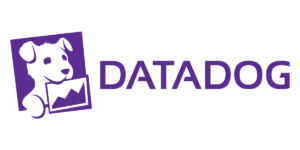
Datadog is another leading monitoring and observability platform. Datadog offers a similar range of features to New Relic, but it also has a strong focus on cloud-native applications.
AppDynamics
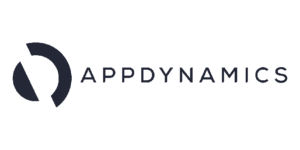
AppDynamics is a monitoring and observability platform that focuses on application performance. AppDynamics offers a variety of features to help users understand the performance of their applications, including distributed tracing and real-time dashboards.

Splunk

